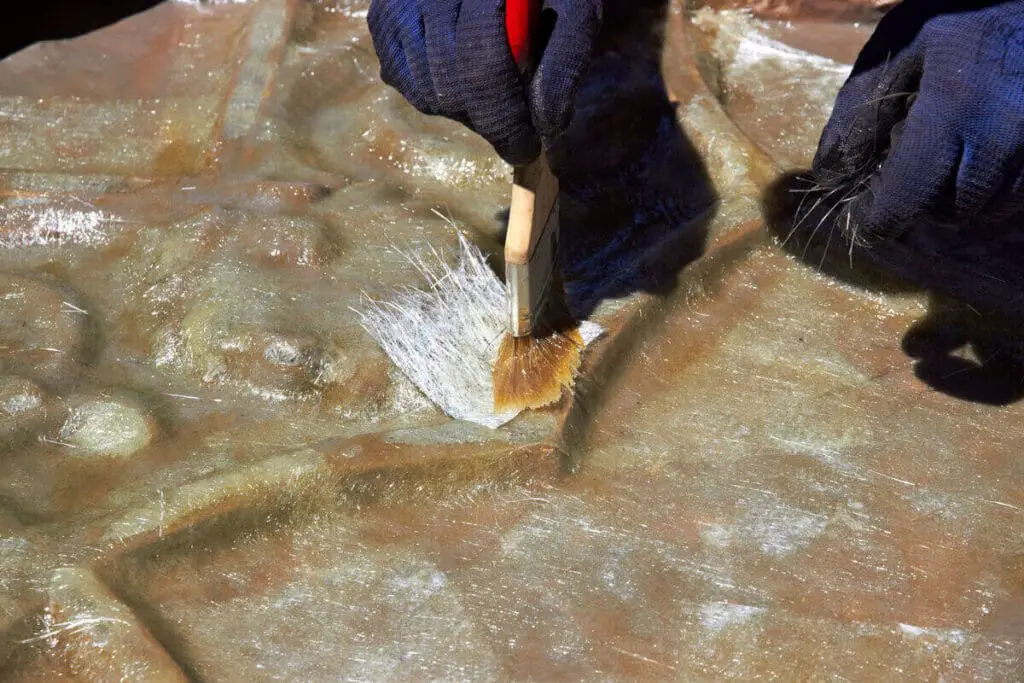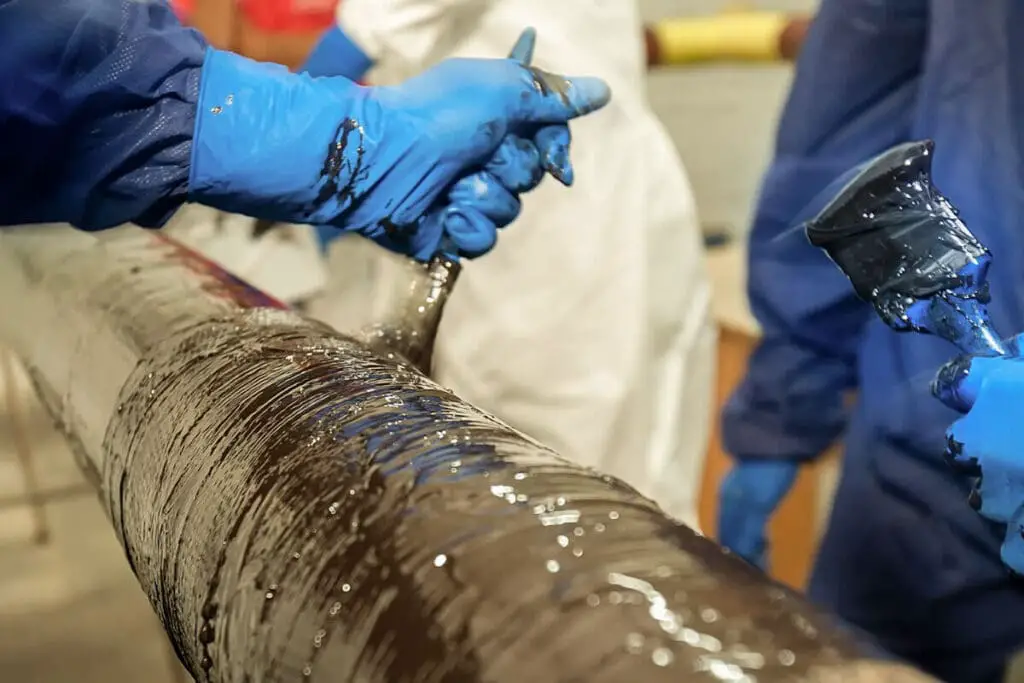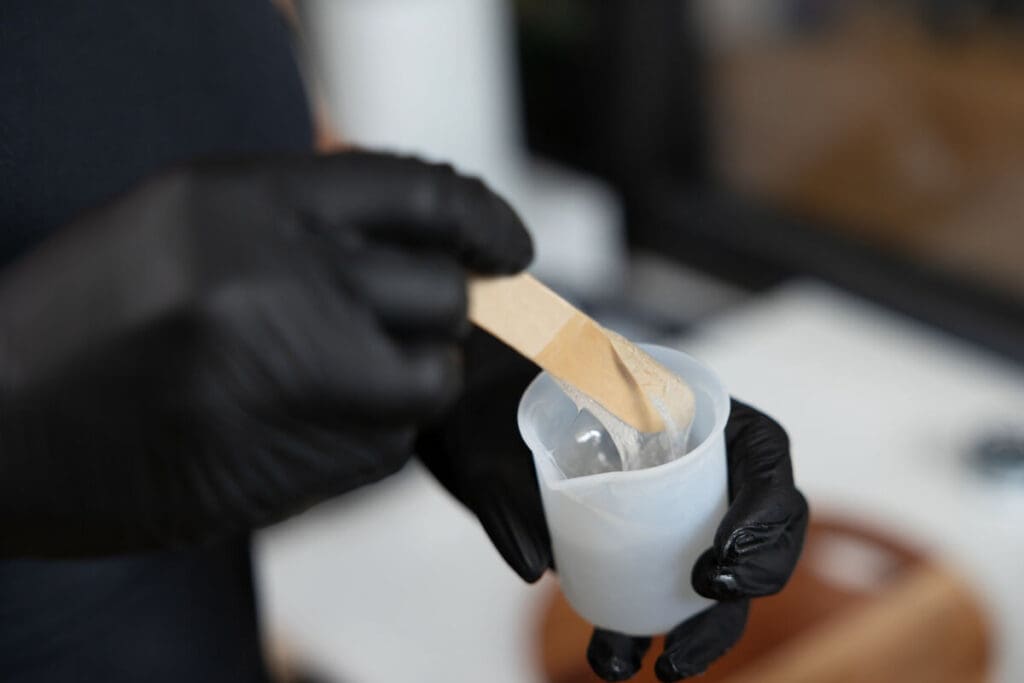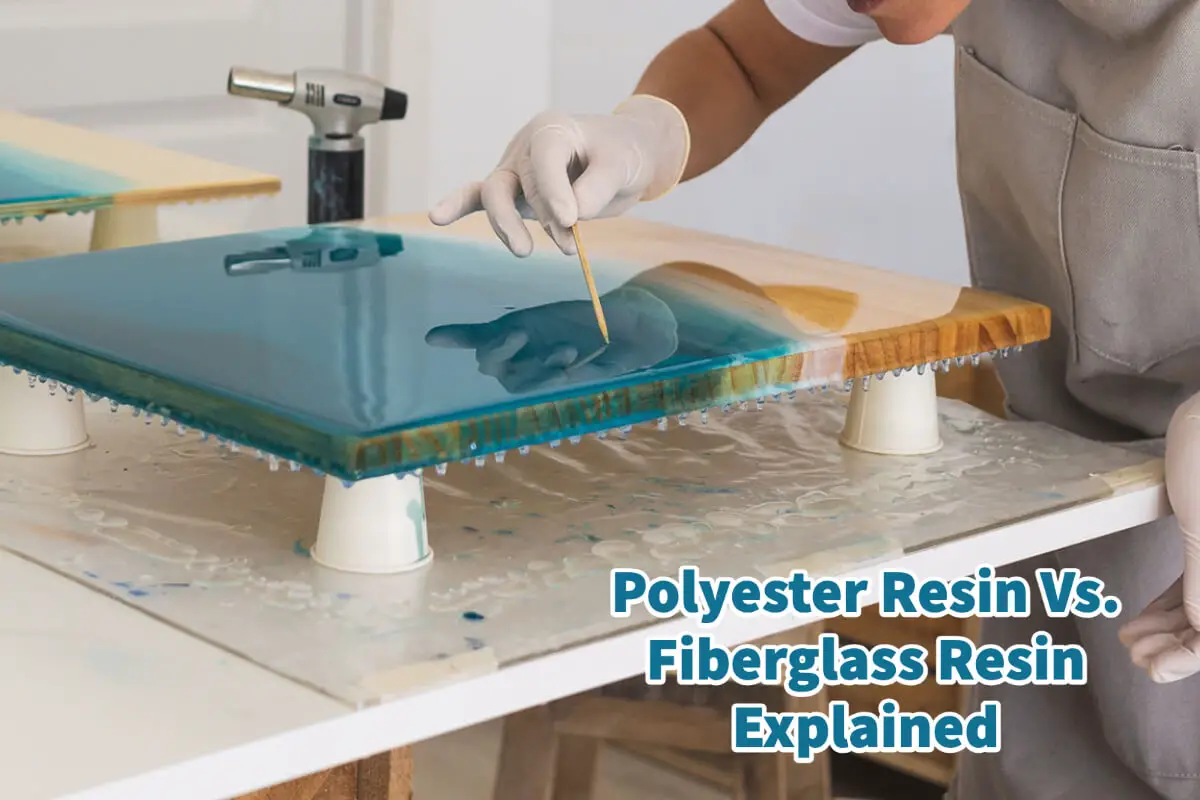Regarding resins, Fiberglass and Polyester are two widely used types with unique characteristics and applications. At first glance, they might seem similar, given they are both categorized as resins and used in similar industries such as boat building, automotive, and construction.
However, while sharing a common name, these two materials have significant differences in chemical composition, properties, and uses, underlining that not all resins are created equal. Read on as we explore some definitions and then the differences between polyester and fiberglass resin.
Table of Contents
- Polyester Resin And Fiberglass Resin Definitions Explored
- 10 Key Differences Between Polyester Resin And Fiberglass Resin
- Related Content
Polyester Resin And Fiberglass Resin Definitions Explored
Despite their shared categorization, fiberglass resin and polyester resin are distinct materials, each with specific characteristics that set them apart.
Fiberglass resin, commonly made from epoxy or a blend of polyester resin and glass fibers, is known for its strength, flexibility, and superior adhesive qualities. On the other hand, Polyester resin, a synthetic polymer produced from polyhydric alcohols and dibasic organic acids, is appreciated for its rigidity, durability, and cost-effectiveness.
The essential difference lies in their composition and how these characteristics influence their performance in various applications. This demonstrates that there’s no one-size-fits-all solution, even within the resin family.
Even though both Polyester resin and Fiberglass resin are both resins, there are not the same. Here are their unique definitions:
Polyester Resin Definition
Polyester resin is a type of polymer widely used in numerous industries due to its durability and versatility. It’s a synthetic resin created through condensation polymerization of polyhydric alcohols and dibasic organic acids.
The resulting material is a rigid, highly durable, and somewhat brittle resin with significant heat resistance. Polyester resin is extensively used to manufacture plastic products, including boat hulls, surfboards, bathtubs, and automobile bodies.

Despite its strength and durability, polyester resin isn’t as flexible as other resins and tends to experience shrinkage upon curing. This material also exhibits lesser adhesion capabilities than other resins and may not bond as effectively with some surfaces.
Fiberglass Resin Definition
Fiberglass resin, often synonymous with epoxy resin in common usage, comprises a base of epoxy or polyester resin reinforced with glass fibers. This resin is known for its impressive strength, flexibility, and superior adhesive properties.
The fiberglass reinforcement gives this resin added strength, making it an excellent choice for applications requiring durability and resistance to environmental factors. The epoxy-based fiberglass resin is exceptionally water-resistant, making it a popular choice for marine applications.

Additionally, fiberglass resin cures with lower shrinkage compared to polyester resin, which helps maintain the final product’s shape and size. Despite its many advantages, fiberglass resin is generally more expensive than polyester resin.
10 Key Differences Between Polyester Resin And Fiberglass Resin
Even though many people may categorize polyester resin and fiberglass resin as the same, some key differences and qualities need to be considered.

Primary Composition:
Polyester resin is a synthetic resin from polyhydric alcohols and dibasic organic acids. Fiberglass resin, on the other hand, is typically made from epoxy or a blend of polyester resin and fiberglass fibers.
Flexibility:
Fiberglass resin, mainly when composed of epoxy, offers higher flexibility due to its chemical structure, enabling it to withstand structural shifts better. In contrast, polyester resin is more rigid.
Strength:
Epoxy-based fiberglass resin is generally more robust than polyester resin, making it a better choice for heavy-duty applications. However, polyester resin’s tensile strength is adequate for less demanding uses.
Adhesive Capabilities:
Polyester resin doesn’t adhere as well to various surfaces as fiberglass resin. This quality makes fiberglass resin more versatile for bonding applications.
Curing Process:
Polyester resin cures through a process called “polymerization,” requiring a catalyst (like MEKP) to initiate the reaction. Fiberglass resin typically cures through an “addition reaction,” using a hardener instead of a catalyst.
Shrinkage:
Polyester resin experiences more shrinkage upon curing than fiberglass resin. This can lead to distortion in the final product, an issue that is less significant with fiberglass resin.
Cost:
Polyester resin is generally less expensive than fiberglass resin. Its affordability makes it a popular choice for large-scale projects or when the cost is high.
Resistance To Water:
Fiberglass resin, especially epoxy-based, boasts superior resistance to water, making it a better option for marine applications. Polyester resin is less water-resistant over time.
Toxicity:
Both resins have associated health risks, but polyester resin fumes can be particularly toxic and may cause more allergic reactions. Proper safety measures should be taken when working with either.
Durability:
Fiberglass resin has better overall durability and longevity than polyester resin. This is due to its superior resistance to environmental factors like moisture, UV light, and temperature fluctuations.
Remember, while both resins have unique advantages and disadvantages, the appropriate choice depends on the specific application. Consider your project’s requirements, budget, and safety precautions before selecting.
If you want to manufacture unique home decor products, we would love to discuss how Mondoro can help. Contact us for a complimentary call today.
Find out more about how Mondoro can help you create, develop, and manufacture excellent home decor and home furniture products – don’t hesitate to contact me, Anita. Check out my email by clicking here or become a part of our community and join our newsletter by clicking here.
Mondoro gives out a FREE Lookbook to anyone interested. You can receive a copy of our latest Lookbook by clicking here.
Listen to our Podcast called Global Trade Gal. You can find it on all major podcast platforms. Try out to listen to one of our podcasts by clicking here.
Subscribe to our Mondoro Company Limited YouTube Channel filled with great videos and information by clicking here.
Related Content
How To Tell The Difference Between Alabaster And Marble?
Alabaster and marble can sometimes look similar, but they have distinct differences. Alabaster is a softer stone, and marble can be highly polished. Alabaster cannot be used in any outdoor applications, but marble is used a lot outdoors for buildings and sculptures.
You can discover more by reading How To Tell The Difference Between Alabaster And Marble? by clicking here.
How Durable Is Alabaster?
Alabaster is usually considered a soft stone, and it is not as durable as other stones such as marble. Some types of alabaster can be pretty soft, and you can even scratch the alabaster with your fingernails. Alabaster is also not suited to be used outdoors and can only be used indoors.
By clicking here, you can discover more by reading How Durable Is Alabaster?
What is Alabaster? Alabaster for Home Decor Product Development
Alabaster is known as medium-hard gypsum or calcite mineral that is usually white and translucent and has a fine uniformed grain. When Alabaster is put up to the light, you can see the small fine natural grain of the stone. As Alabaster is a porous mineral, it can be dyed in a variety of colors.
You can discover more by reading What is Alabaster? Alabaster for Home Decor Product Development by clicking here.


